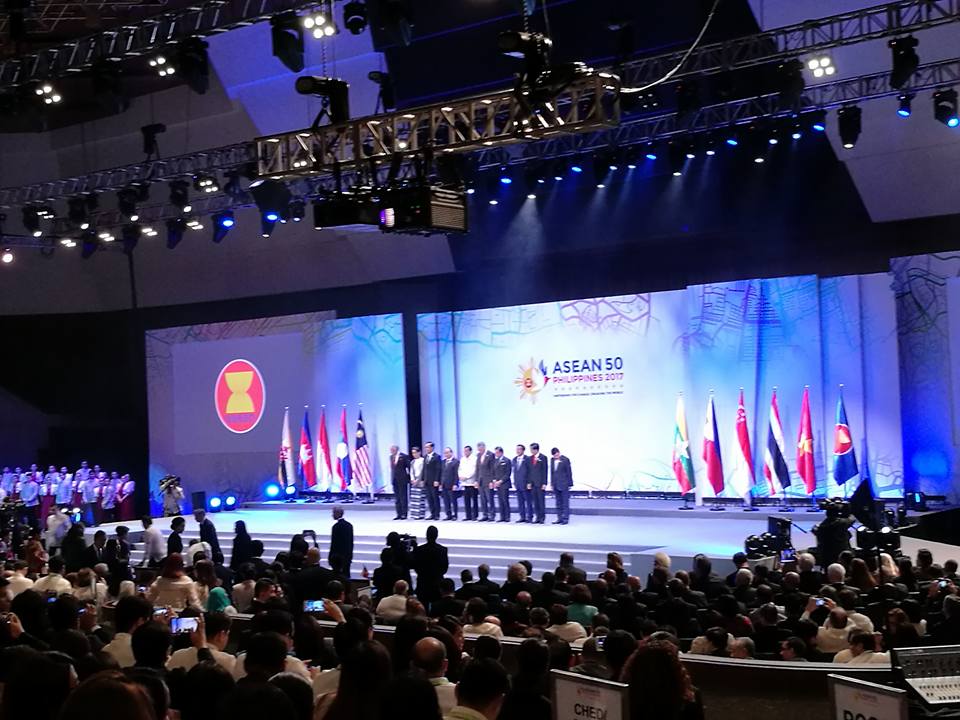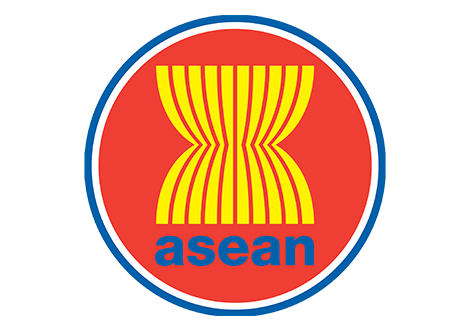After the ASEAN 30th Summit, what next for the South China Sea/West Philippine sea dispute?
There’s a time and place for everything. The ASEAN summit is not the right forum nor is it the proper occasion to bring up a divisive geopolitical concern which could not be conclusively resolved by the 10 member-nations anyway. That, in a nutshell, was President Rodrigo Duterte’s position on raising the West Philippine Sea/South China Sea row during the ASEAN 30th Summit.
Expectedly, criticism has been thrown President Duterte’s way for not bringing into the forefront the burning issue of Chinese military expansionism in the disputed West Philippine Sea or South China Sea during the 2017 ASEAN Summit. Neither was there any official discussion on the July 2016 ruling of the Permanent Court of Arbitration in The Hague which upheld the Philippines’ claim to its exclusive economic zone based on the UN Convention of the Law of the Seas (UNCLOS). As host, President Duterte sets the tone for the entire event. And, according to critics, he went ‘soft’ on China, to the detriment of the entire region and our legitimate and internationally-recognized claims over the area.
But from a realpolitik perspective, Duterte’s approach made sense if understood in the context of ASEAN. The regional grouping has a rigid rule on consensus, which requires that all decisions, joint declarations or resolutions must be agreed upon by all the member states. No one country will be left out or there will be no official stand at all. And as far as the West Philippine Sea/South China Sea is concerned, there is no consensus in ASEAN.
According to political analyst Le Hong Hiep, writing for The Japan Times, the question of how to respond to growing Chinese assertiveness in the region has divided ASEAN member states more deeply than any previous issue.

This is clear through even a cursory examination of members’ past and present policies and actions as regards the expanding Chinese presence. Cambodia and Laos, being non-claimants and for reasons of their own national interests, would likely lean toward Beijing. Other countries will have their own national imperatives to advance or protect. Such obvious disunity would be disastrous to the image of ASEAN as a relevant and rising regional force. To include in the summit agenda matters which would be strongly challenged or rejected outright by other member countries would be a serious embarrassment for the host country.
How then can we move forward ? The door remains wide open for the Philippines to push for its legitimate interests in other international venues in the future, within or outside of ASEAN. As set forth in the Chairman’s Statement, which summarizes the summit’s agreements and official declarations, ASEAN reaffirmed its ‘shared commitment to maintaining and promoting peace, security and stability in the region, as well as to the peaceful resolution of disputes, including full respect for legal and diplomatic processes, without resorting to the threat or use of force, in accordance with the universally recognized principles of international law, including the 1982 United Nations Convention on the Law of the Seas (UNCLOS)’.
It bears emphasis that our claims are grounded precisely on the universally recognized principles of international law and the UNCLOS. And this may be why President Duterte keeps on insisting that a “Code of Conduct” be defined and adopted by all ASEAN countries as a binding mechanism in dealing with China as a unified entity.
Taking a “soft” line does not mean surrendering. Nor should it be seen as a weakness. It is but an option in a range of various strategic and tactical approaches which we can use to our advantage. The ASEAN summit may have been a useful platform but it is not the only one open to us.
In this regard, Prof. Winnie Monsod’s Inquirer article (‘Lawfare’ , Not ‘Warfare’) of April 19, 2017 provides additional insights and references Justice Antonio Carpio’s free e-book “Philippine Sovereign Rights and Jurisdiction in the West Philippine Sea: The South China Sea Dispute”. It may be downloaded starting May 4, when it is to be launched.
Sources:
- Mahbubani, Kishgore and Sng, Jeffrey; THE ASEAN MIRACLE: A CATALYST FOR PEACE, National University of Singapore, 2017.
- Noor, Elina; ASEAN not so divided on the South China Sea, EAST ASIA FORUM Economics, Politics and Public Policy in East Asia and the Pacific , 17 August 2016.
- Chalermpalanupap, Termsak; No ASEAN Consensus on the South China Sea, THE DIPLOMAT, July 21, 2016
- Duterte Drops Mention of South China Sea in ASEAN Statement, Associated Press, April 30, 2017.
- Mogado, Manuel; ASEAN gives Beijing a pass on South China Sea dispute, cites ‘improving cooperation’ , REUTERS, April 30, 2017.
- Natashya Gutierrez ; Duterte’s softer stance on China ‘demoralizing,’ hurts ASEAN , Rappler, April 30, 2017.
- Le Hong Hiep; Consensus rule blunts ASEAN’s effectiveness, The Japan Times, November 6, 2016.



